U.S. Treasury Secretary Attacks Tax Breaks for Oil & Gas Companies
The Energy Law
MARCH 13, 2009
oil and natural gas producing companies should not receive federal subsidies in the form of tax breaks because their businesses contribute to global warming, U.S. The proposed budget would levy an excise tax on oil and gas produced in the Gulf of Mexico, which is expected to raise $5.3 billion from 2011 to 2019.


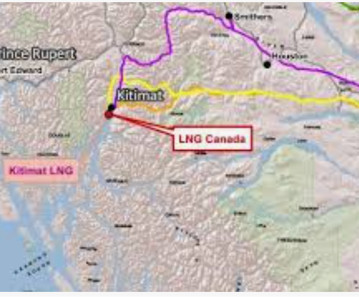
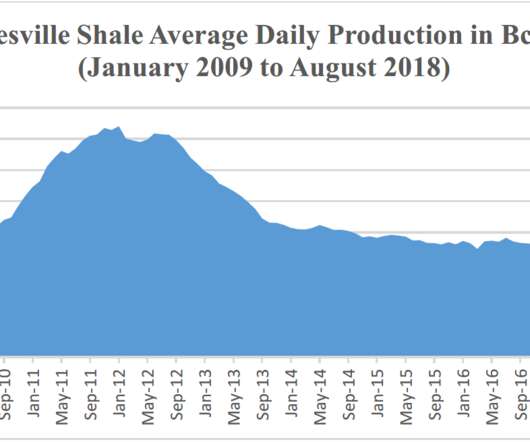

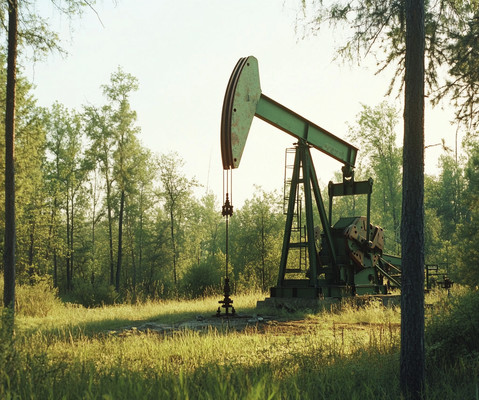
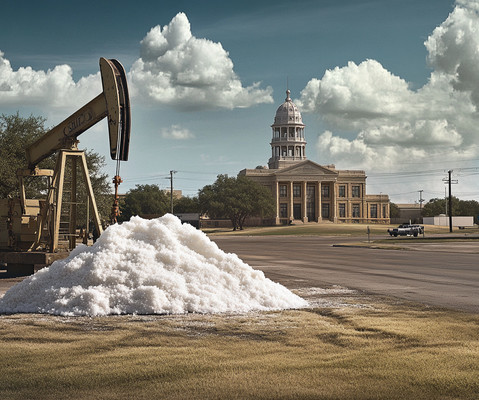


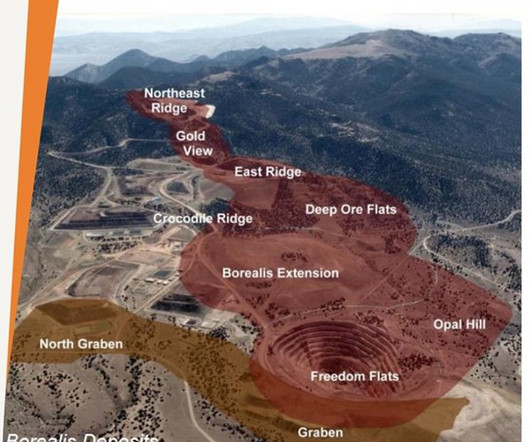







Let's personalize your content